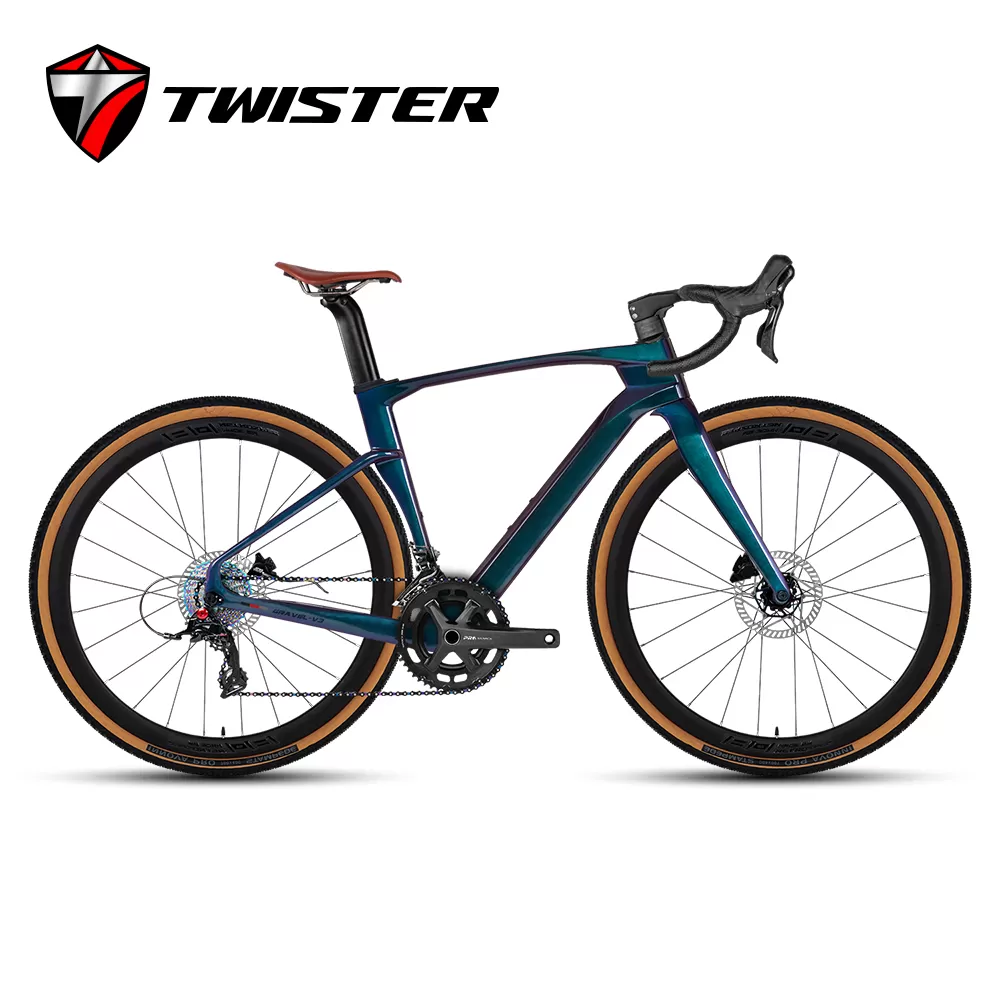Regular road bikes are designed for use on smooth road surfaces. They are often lightweight and highly efficient for road riding, making them ideal for daily commuting, travel, and professional racing. On the other hand, gravel bikes are better suited for complex terrains, allowing for stable riding on steep and loose surfaces. This makes them more suitable for adventure or long-distance riding. Gravel bikes share many similarities with traditional touring bikes but are better equipped to handle unpaved paths, tracks, and dirt roads. Before the advent of mountain bikes, people used touring bikes to explore remote areas. Gravel bikes combine the lightweight handling of road bikes with the versatility of mountain bikes.

The frame of a regular road bike must be very light, as the bike is built around it to be carried easily. This means streamlined aluminum and carbon fiber frames are the norm. Gravel bike frames are usually heavier because they need to be sturdy enough to carry loads. The geometry of the frame, including the angles and lengths of various tubes, determines its handling, and there are significant differences here. Regular road bikes typically have a head tube angle of around 73° for quick turns, while gravel bikes have a shallower head tube angle for more stable handling. Gravel bikes also have longer head tubes and shorter top tubes to provide a more upright riding position. At the rear, gravel bikes have longer chainstays to ensure enough heel clearance. Regular road bikes usually have chainstays around 425mm, while gravel bikes, especially those intended for adventure touring, can have chainstays as long as 465mm.
Gravel bikes typically come equipped with thick, versatile tires. The UCI (Union Cycliste Internationale) rules state that cyclocross bike tires cannot exceed 33mm in width. Cyclocross frames usually have space to accommodate wider tires and allow for mud clearance, but gravel bikes generally require even larger tires. In recent years, gravel bike tires have become increasingly wider, further distinguishing them from cyclocross bikes. Tubeless wheels are becoming more common on road bikes. Tubeless tires are less prone to pinch flats caused by the tire bottoming out on the rim—since there is no inner tube to pinch. Therefore, they can run at lower pressures, providing more grip and a more comfortable off-road ride.

If the UCI had not given the green light for cyclocross racers to use disc brakes in 2010, the gravel bike category might never have emerged—or at least not as quickly. Every gravel bike we can find uses disc brakes. Besides the advantages in braking power and stability in wet conditions, disc brakes have a significant advantage for bikes ridden on rough surfaces: they are not affected by rim damage. A few cyclocross bikes still use cantilever brakes, but for the same reasons, disc brakes are almost universally used on cyclocross bikes as well.